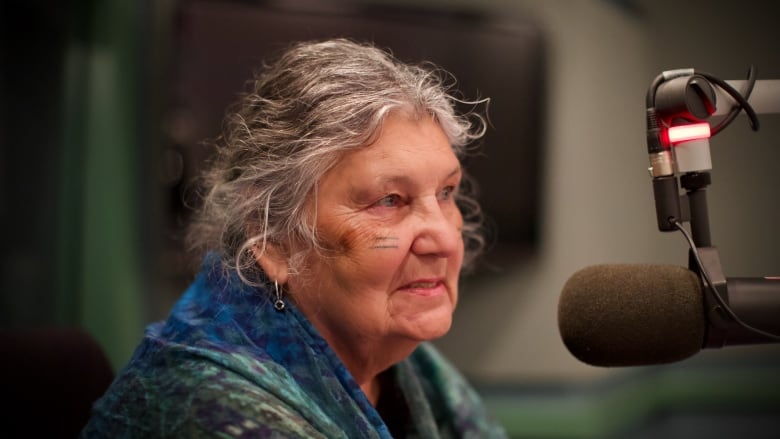Black, Native American and Fighting for Recognition in Indian CountryPosted in Articles, History, Law, Media Archive, Native Americans/First Nation, Slavery, United States on 2020-09-11 01:10Z by Steven |
Black, Native American and Fighting for Recognition in Indian Country
The New York Times
2020-09-08
Jack Healy, Rocky Mountain correspondent
 Ron Graham’s father, Theodore Graham, center, as a youth with his youngest sibling, Rowena, on his lap, in a photograph from around 1912. Mr. Graham spent decades assembling documentation showing that he is a citizen of the Muscogee (Creek) Nation. via Ron Graham |
Enslaved people were also driven west along the Trail of Tears. After a historic Supreme Court ruling, their descendants are fighting to be counted as tribal members.
OKMULGEE, Okla. — Ron Graham never had to prove to anyone that he was Black. But he has spent more than 30 years haunting tribal offices and genealogical archives, fighting for recognition that he is also a citizen of the Muscogee (Creek) Nation.
“We’re African-American,” Mr. Graham, 55, said. “But we’re Native American also.”
His family history is part of a little-known saga of bondage, blood and belonging within tribal nations, one that stretches from the Trail of Tears to this summer of uprisings in America’s streets over racial injustice.
His ancestors are known as Creek Freedmen. They were among the thousands of African-Americans who were once enslaved by tribal members in the South and who migrated to Oklahoma when the tribes were forced off their homelands and marched west in the 1830s…
Read the entire article here.






